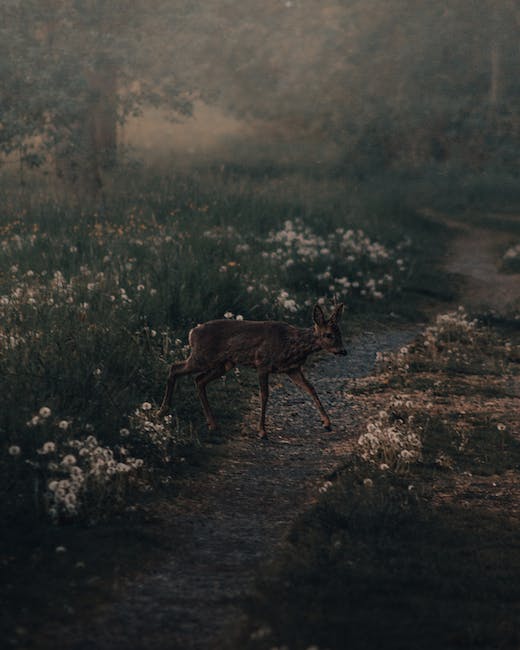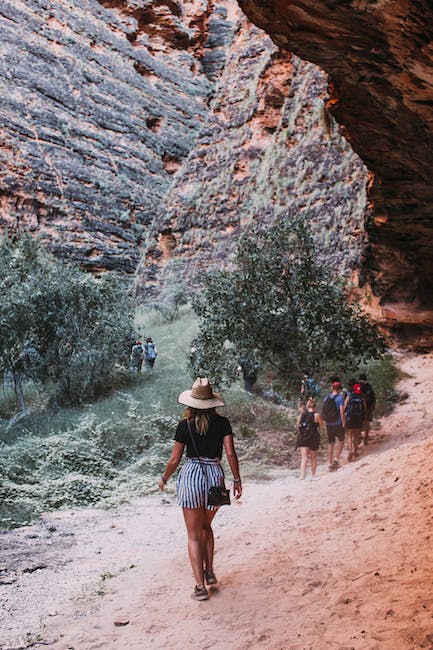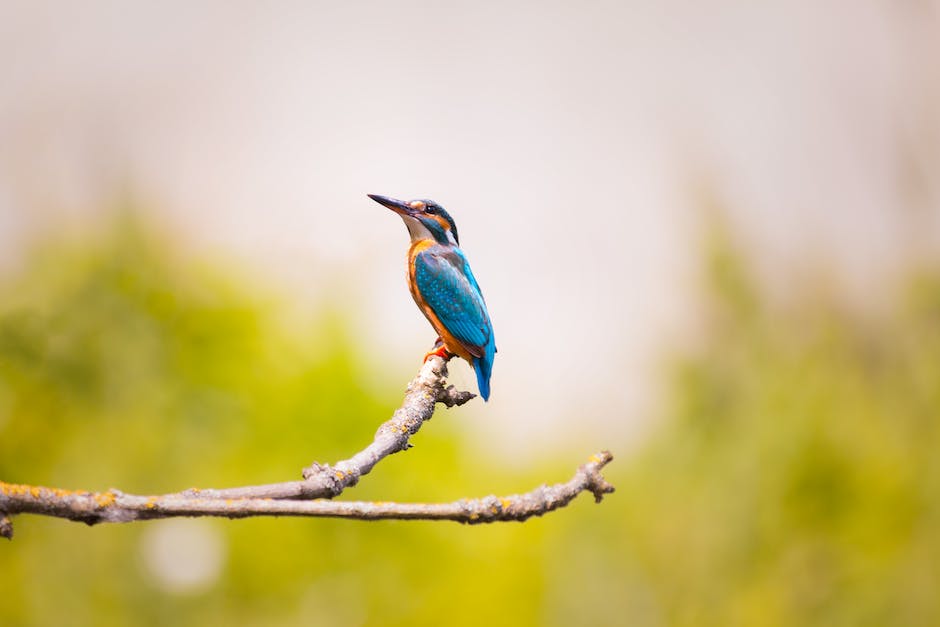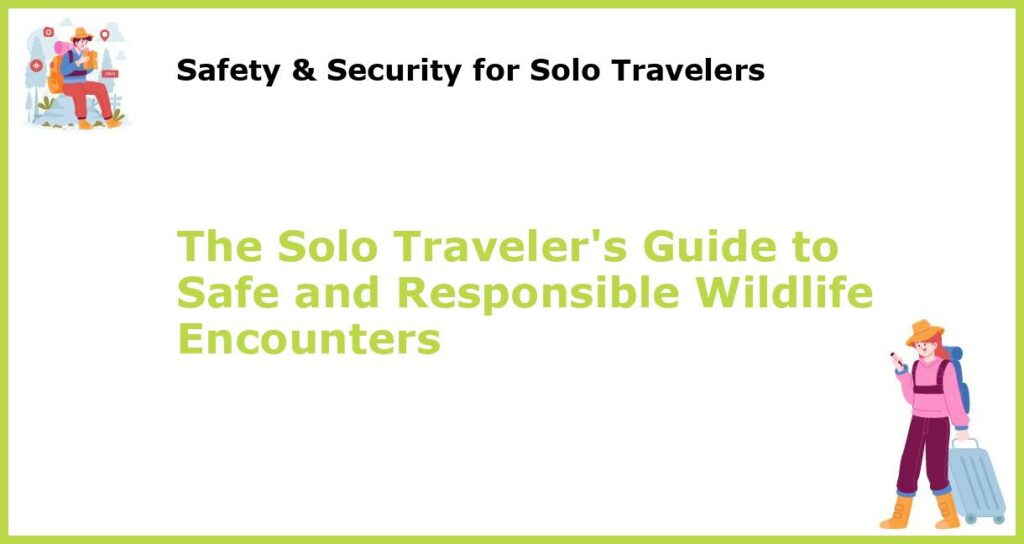A solo trip to get close to wildlife can be an enriching and fulfilling experience for adventure seekers. There’s a sense of freedom that comes from exploring a new place while being up close with nature. However, proper planning and extensive research are essential to get the best and safe experience. Here are ten tips on how to prepare for the journey:
1. Preparing for the Journey

Researching the destination and the specific wildlife you will encounter is crucial. Note potential dangers and safety protocols to avoid any accidents or mishaps. Acquiring a comprehensive travel insurance policy will ensure you’re covered in case of any emergencies. Additionally, assess your physical fitness and endurance levels, and prepare accordingly. It’s always better to overprepare than underprepare.
2. Pack Smart

Pack smartly and bring only necessities. Consider the type of wildlife you’ll encounter when packing. For instance, if it is a location with a high mosquito population, bring insect repellent or mosquito nets. If encountering large mammals, pack binoculars and zoom lenses to facilitate a closer view from a safe distance. Additionally, waterproof clothing, sturdy hiking boots, and sunscreen are essentials.
3. Choose Responsible Tour Operators

Choose tour operators that prioritize safety, sustainability, and conservation of wildlife. Such travel agencies will provide safety guidelines and educate tourists on responsible wildlife practices. Research the company’s website for their safety measures, licenses, and insurance policies. Avoid agencies offering unsafe or unethical experiences, such as handing or petting wild animals as such practices are not only harmful to the animals but also risk human safety.
4. Follow Park Regulations

When visiting protected wildlife areas or national parks, follow all regulations in place. These rules aim to protect both tourists and the wildlife. Regulations include staying on designated trails, avoiding feeding or provoking animals, and respecting seasonal or wildlife closures. Report any illegal activities observed in the park to relevant authorities.
5. Stay Alert

Always pay attention to your surroundings and be vigilant for any potential wildlife hazards. Wear appropriate gear such as hats or sunglasses to protect against the sun’s glare. Avoid wearing headphones or any other distractions that may limit detection of any potential oncoming wildlife or hazards. Keep an eye on weather updates and prepare for any changes in temperature or sudden storms.
6. Keep Your Distance

While it’s tempting to get as close to wildlife as possible, it’s crucial to maintain a respectful distance. This not only protects you from potential harm but also allows wildlife to carry on with their natural behavior without interference. Always follow distance guidelines set by local authorities or tour operators. Do not attempt to touch or pet the wildlife or venture too close to baby animals, as this may result in their abandonment by their mothers.
7. Be Prepared for Emergencies

When traveling solo, it’s critical to be prepared for potential emergencies. Such emergencies could include getting lost or sustaining an injury. Ensure you carry a first aid kit containing essentials such as bandages, antiseptic wipes, and medication such as allergy medication, or medication for chronic conditions. Additionally, buy a charged phone with a power bank as a means of calling for assistance if the need arises.
8. Practice Respectful Photography

When taking photographs, prioritize the safety and well-being of the wildlife over getting the perfect shot. Use a telephoto lens to respect the animals’ space, and avoid flash photography, which can be disruptive and harmful. Do not manipulate a scene or disturb the natural behavior of the wildlife to obtain a better photograph. Be mindful of the impact of your photography on the animal’s behavior.
9. Respecting Local Cultures
Respect for the local culture and customs is essential. Research the cultural beliefs, taboos, and customs regarding wildlife before visiting. Such knowledge will help you behave appropriately, avoid offending the locals or the animals, and have a more culturally immersive experience.
10. Leaving No Trace
Responsible wildlife experience involves taking good care of the environment. Leave no litter or waste in the areas visited and embrace the principles of Leave No Trace. This principle advocates for respect for natural habitats, avoiding disturbing the natural balance, and packing out all waste. By following these responsible travel behaviors, one can have a fulfilling wildlife encounter while preserving the planet’s natural habitats for future generations.








 You might also be interested in those articles related to solo traveling
You might also be interested in those articles related to solo traveling